Running a profitable cannabis cultivation operation is about more than growing plants. Achieving success starts with creating a smart design for your Controlled Environment Agriculture (CEA) facility that fully aligns with your operational business plan. So many things have to come together for a cultivation facility to function efficiently and produce a high-quality product. Here are a few critical items to consider when planning and designing a CEA facility.
Take a Holistic View
The first step to maximizing the efficiency of your cultivation facility through design is to create a well-articulated plan and program for your entire operation. As simple as this seems, this is where I have seen many companies fall short. They jump into design and equipment without taking a holistic view of what their facility will look like, how it will operate, what their operating expenses will be, and how it can be expanded.
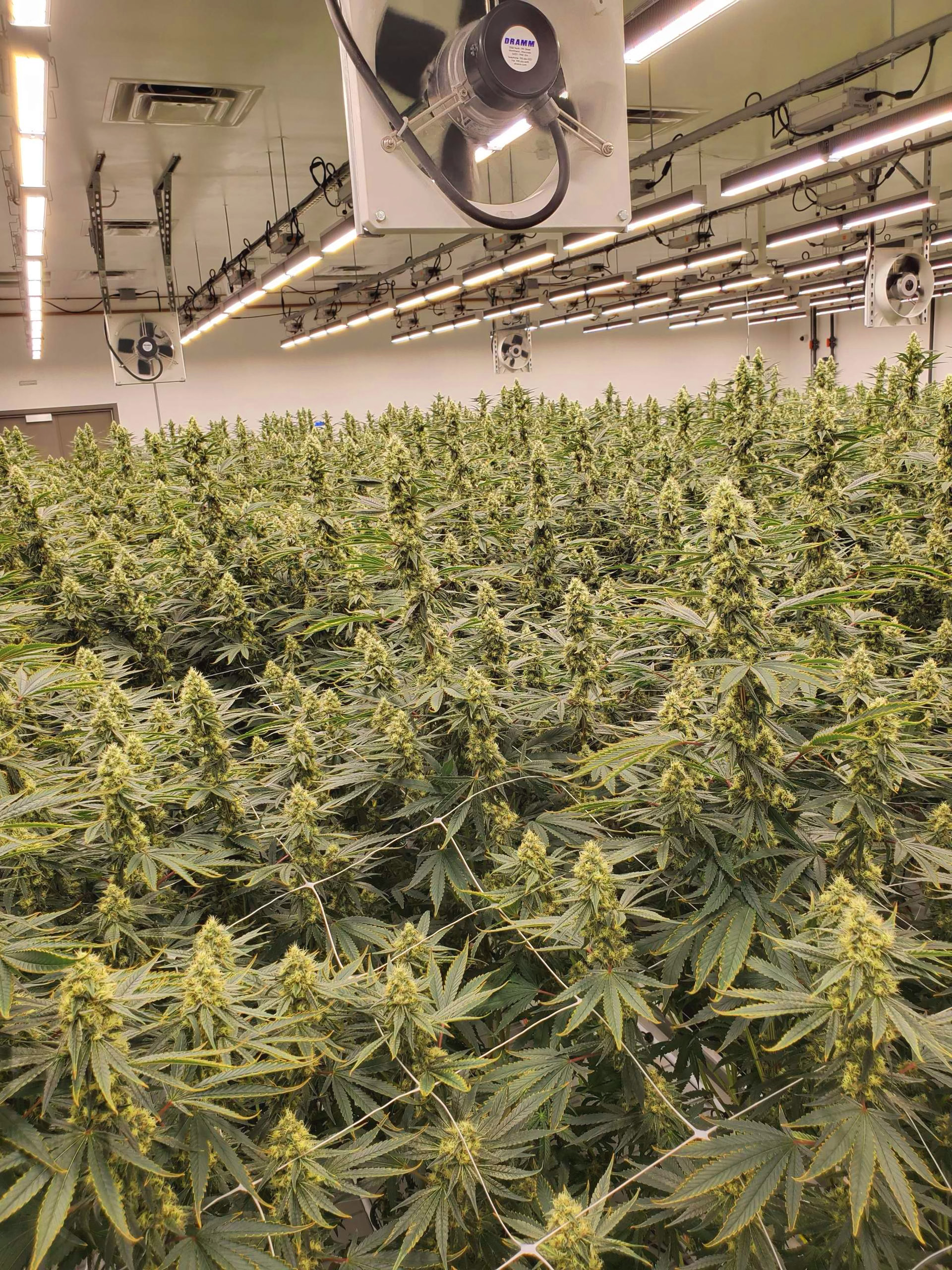
Develop a high-level schematic design with a layout that emphasizes operational efficiency. Consider ease of maintenance, minimizing contamination, and expandability — you don’t want to “paint yourself in a corner” with a move like making your headhouse too small to support additional grow rooms.
Thoroughly Assess the Feasibility of Your Property
In addition to finding a great location where cultivation uses are allowed per local zoning regulations, you also need to determine whether the utility infrastructure is adequate, and if it’s not, what it will take to meet your needs. What is the amount and quality of water you can bring in, and what will the local authorities require for wastewater disposal? Is there space to locate the substantial amount of mechanical equipment that cultivation requires, either within the property setbacks or on the roof?
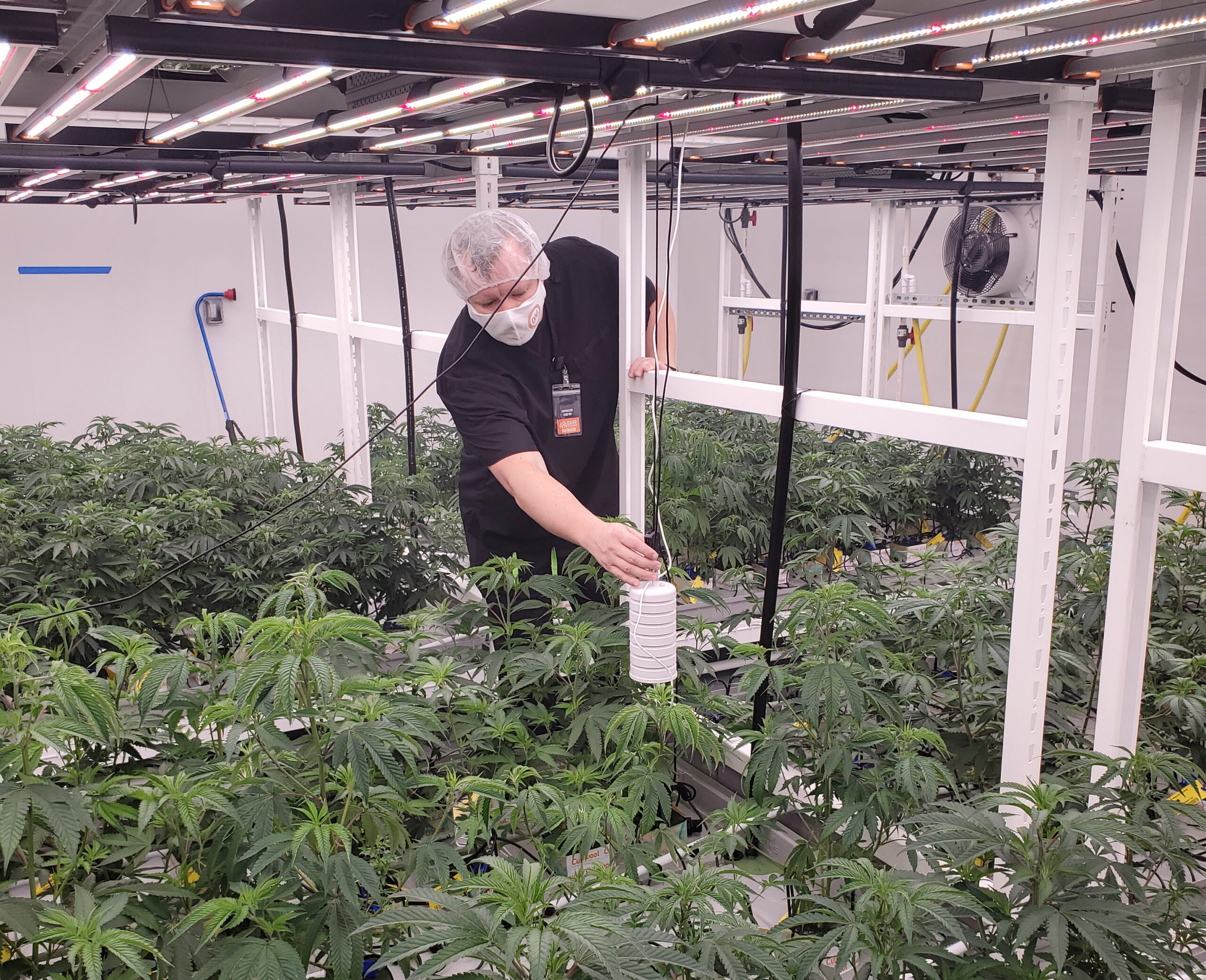
If it’s going to be on the roof, can the existing structure support the load, or will it require reinforcement? How much electrical power service does the property have? A good rule of thumb is that every 10,000 sq. ft. requires 1,000 amps. If you are unsure about something, don’t hesitate to engage an engineer for a consultation. It will be money well spent, especially if it prevents you from leasing or purchasing a property that is cost-prohibitive to adapt for cannabis cultivation.
Let How You Grow Drive Your Flow
The layout of your facility should logically follow your plants’ growth cycle through final production. Try to visualize how each plant will move through your facility and create a seamless flow from mom, propagation, early vegetation, vegetation, flower, harvest, dry, cure, trim, manufacturing, vault, packaging, and shipping/receiving rooms.
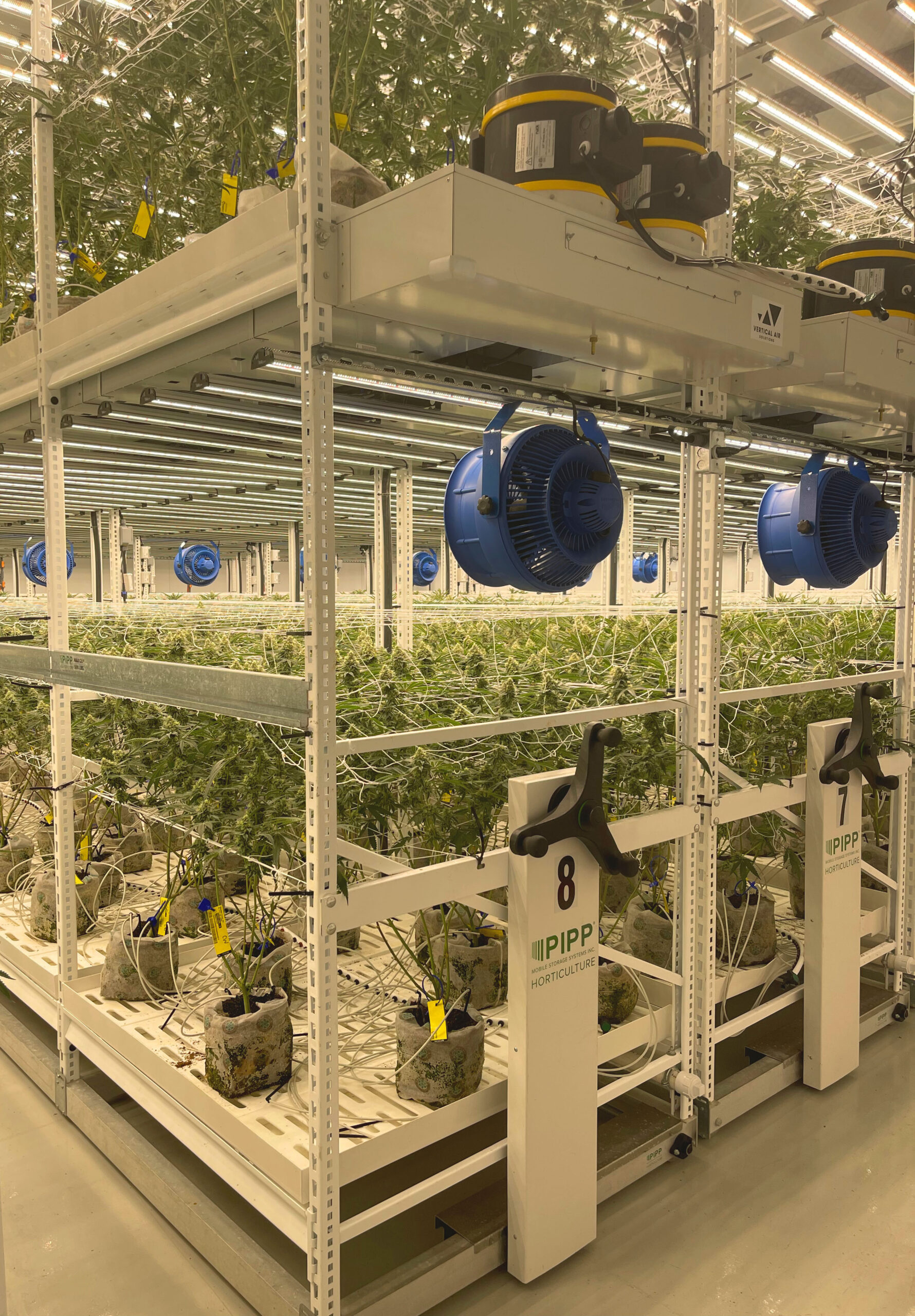
Creating the right workflow will allow cultivation employees to move throughout the facility efficiently by minimizing the distances they have to walk and removing obstacles they need to get around. This increases productivity, decreases labor costs, and improves your bottom line.
Divide to Conquer… (and Avoid Contamination)
Creating physical barriers between certain areas like cultivation, manufacturing, shipping/receiving, locker rooms, and offices is a must to avoid contamination of your product. These barriers should be firm and reinforced with clear standard operating procedures to ensure the consistency of your product. Certain passageways should have air showers that cannot be circumvented. Create multiple access points to areas like the electrical room or headhouse so anyone servicing equipment can gain access without having to traipse through the cultivation areas.
Beware of the Max Canopy Trap
One trap that’s easy to fall into is trying to maximize your canopy but failing to fully incorporate the uses required to support all that canopy. These include maintenance, storage, the headhouse, and post-harvest areas. Many facilities miss the mark when it comes to designing for easy maintenance with mistakes like providing easy access to shut-off valves and allowing enough space to circulate around equipment. You also need adequate space to store all of the growing supplies and equipment needed to service your canopy.
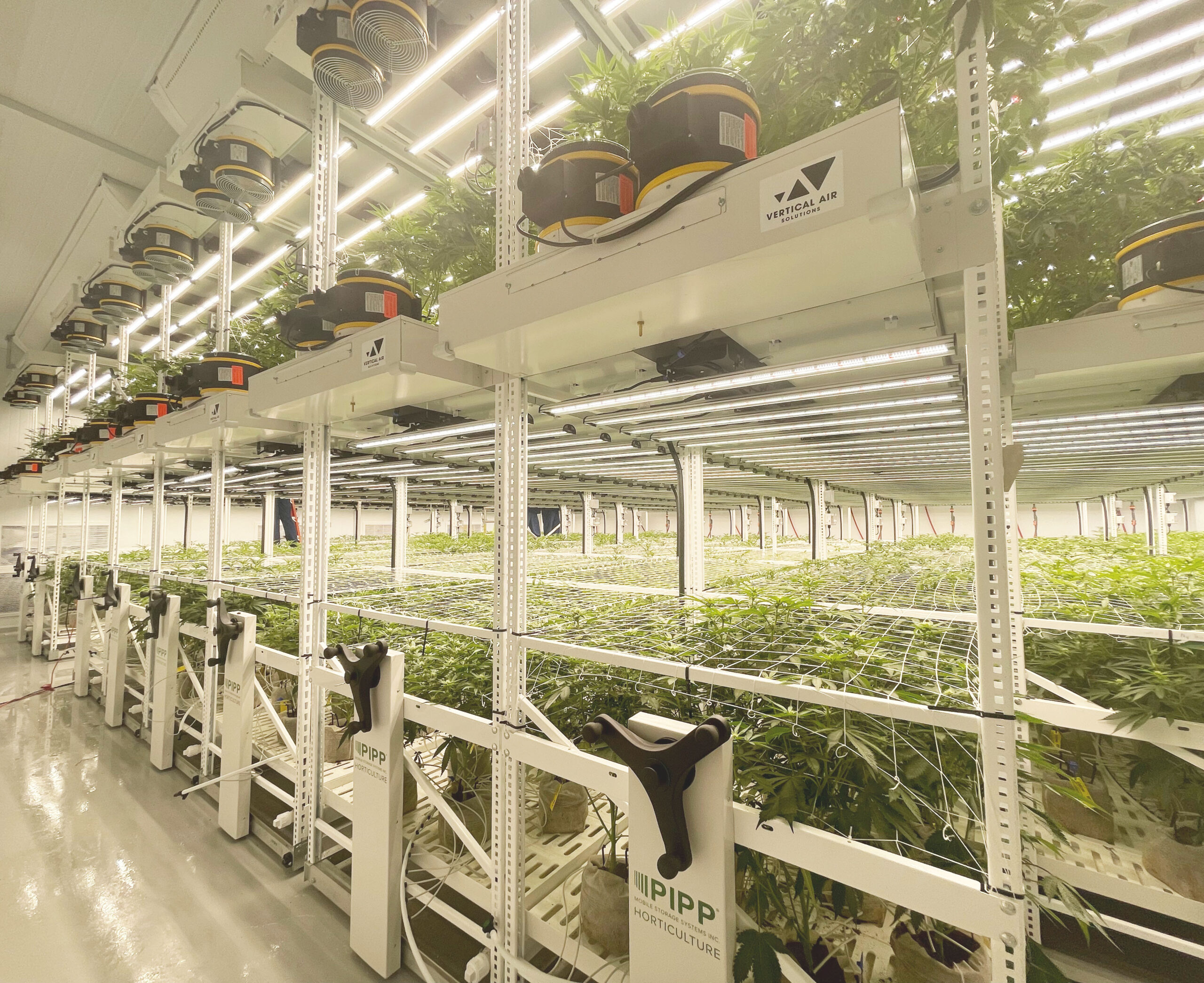
Also, be wary of using multi-tier benching to increase canopy. While it can work well with the proper approach and protocols, plants on upper tiers tend to receive less monitoring, which increases the chances of mold or insect infestations devastating an entire harvest.
Prioritize the Right Technologies
A facility’s technology starts and ends with its control system, so do your due diligence to make sure the one you chose fits with your growing objectives and business plan. It has to work seamlessly with your fertigation and mixing equipment to drive the distribution of water and nutrients throughout your facility. A large operation should avoid hand watering and mixing, ensuring your recipes remain consistent. Getting these simple, proven automations right will help you maintain control and consistency in your product across harvests.
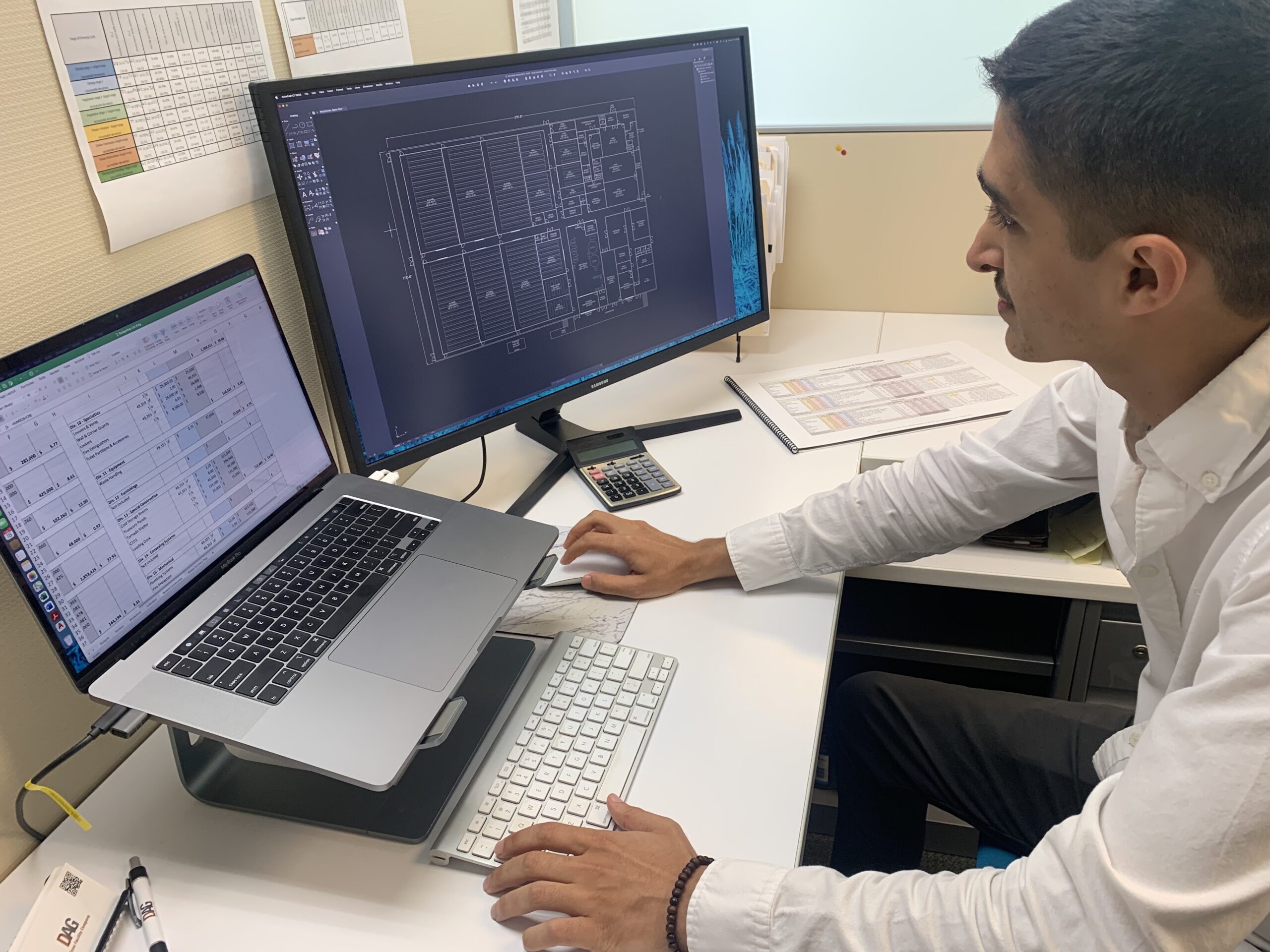
Your control system can also connect to flow meters and pressure transducers to monitor flow rates and check for pipe leaks. Control of temperature, humidity, and CO2 through a single access point is another major advantage of an automated control system. Monitoring is important, so it’s useful to have sensors for tracking environmental conditions in your grow rooms, but try not to go overboard with alarms. If your grower is constantly bombarded with notifications for things that are minor, they can become inclined to pay less attention and miss something crucial. Better to dial in on the essentials.
Stay on Top of New Innovations
Like most industries, cannabis has seen a bevy of innovations come to market in recent years and many have proven to be quite effective. For example, some LED lighting manufacturers have detached ballasts from grow lights and relocated them to a separate dedicated room. This helps lower heat loads in the grow rooms, which improves environmental control and electrical efficiency.
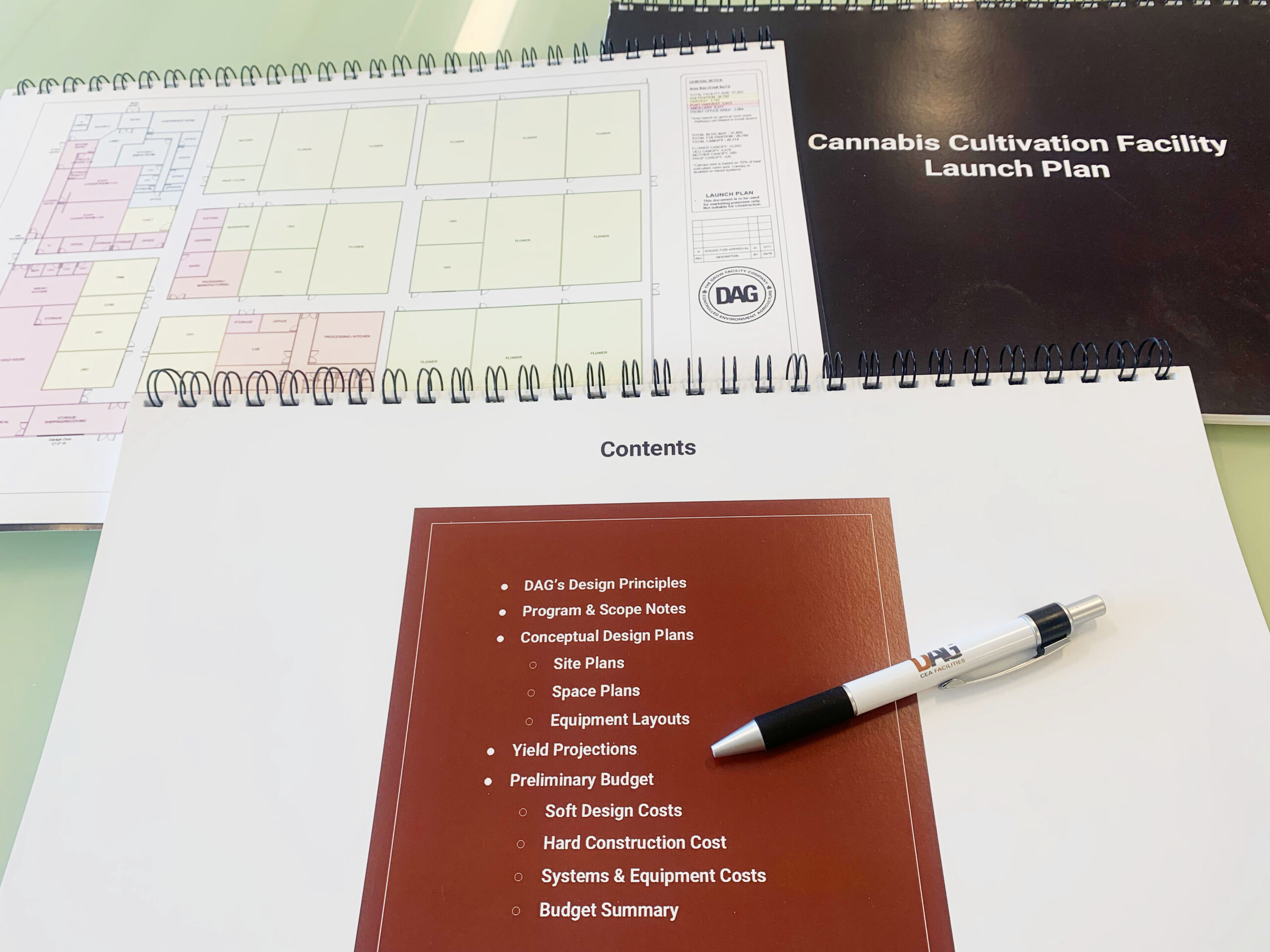
There are also promising new air disbursement products that enhance airflow; seed-to-sale tracking systems that utilize RFID technology; new automated curing systems for precision venting gases to maximize the benefits of curing; and tank-level logic systems so you don’t have to worry about disrupting nutrient delivery because of empty batch tanks. Anyone planning a new cultivation facility should explore the latest innovations and see what could work for their business.These guidelines provide a framework for how to plan and design a facility that performs the way it was intended and an efficient and successful cannabis operation. It’s not enough to know how to grow good cannabis. You have to be practical, thoughtful, and economical in your entire process. If you plan your CEA facility properly, the processes beyond growing can be seamless. This article first appeared in Volume 5 Issue 3 of Cannabis & Tech Today. Read the full issue here.
Full Article: https://cannatechtoday.com/better-by-design-maximizing-your-cultivation-facility-with-smart-planning/
